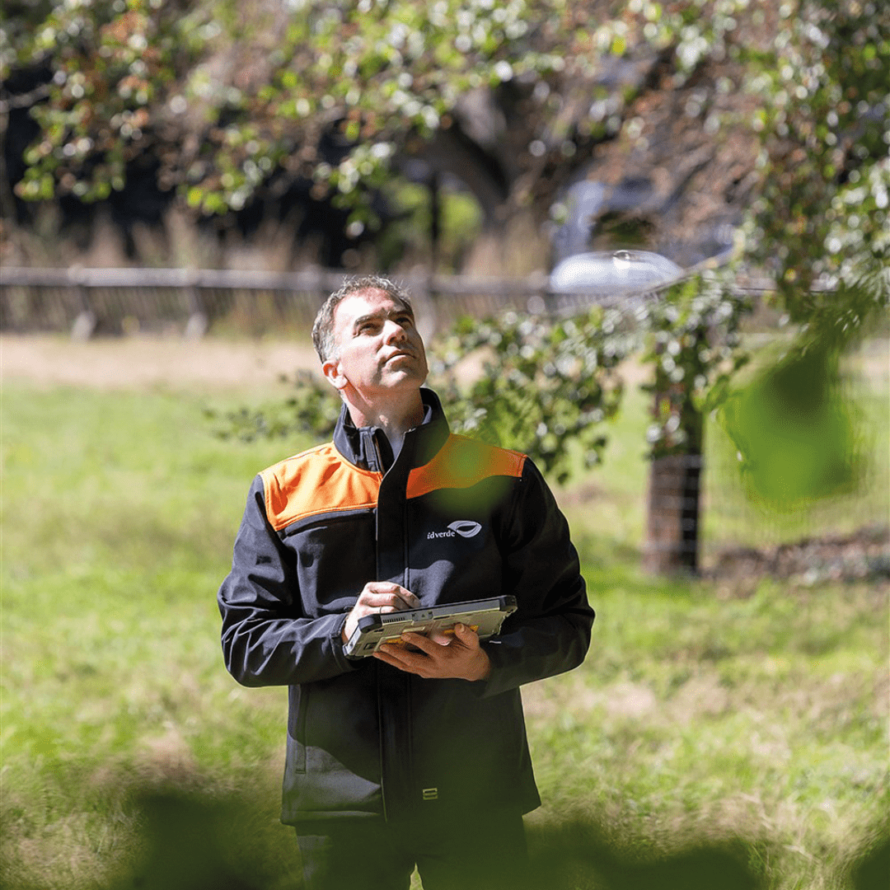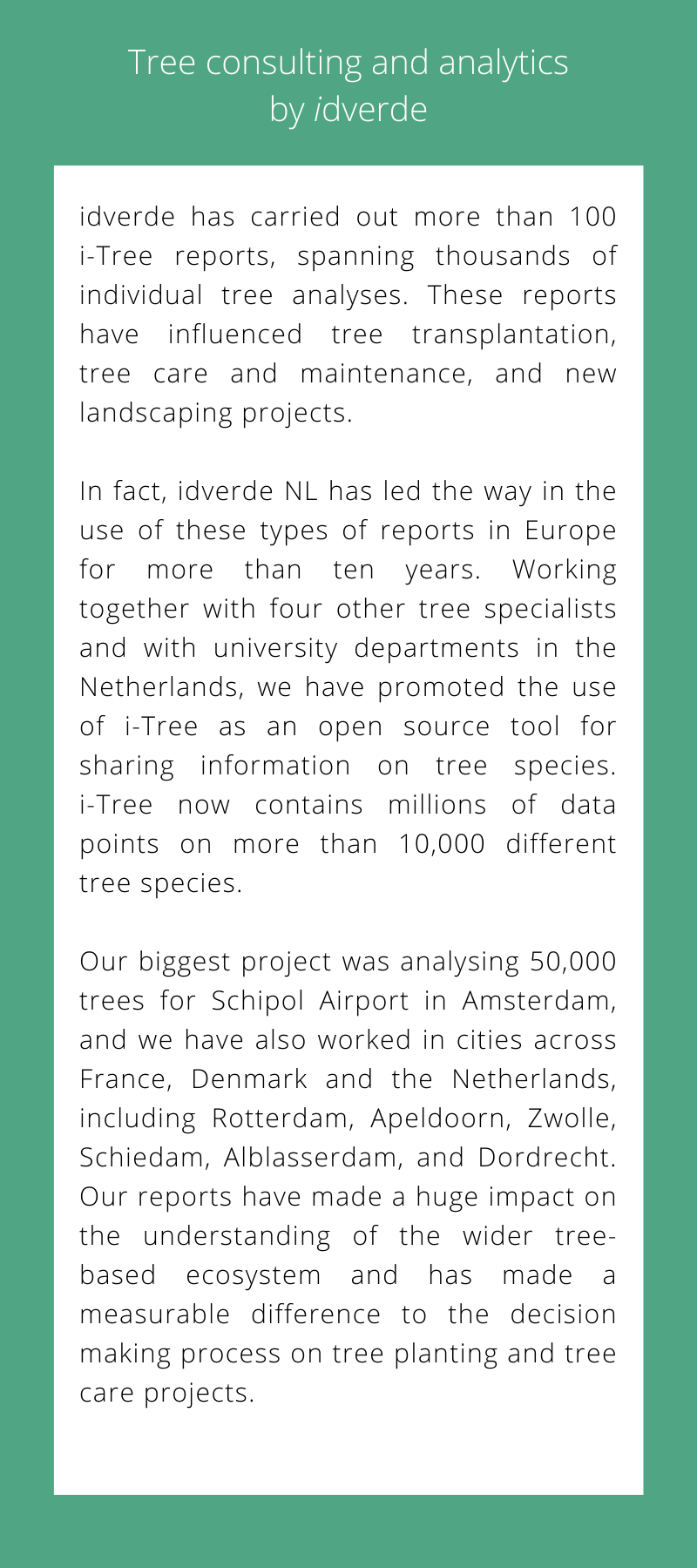Why does it matter?
There are many reasons for putting a value on the benefits provided by urban trees. We are seeing an increasing general awareness of the importance of trees in the context of urban climate adaptation, as they help to cool the local air temperature and reduce flooding by intercepting rainfall. They also capture carbon dioxide emissions, lower air pollution, reduce water pollution from rainwater runoff, and help make cities more attractive. Establishing the value of amenity trees allows tree officers within municipalities to set and justify urban tree planting and maintenance budgets.
Those budgets are under increasing pressure, of course. So city planners are looking for cost-efficient ways to develop or maintain open spaces and green areas. Accurately assessing and forecasting the ecological value of trees can allow for more selective and rational decision-making relating to urban tree management.
Where there is wilful or negligent damage of trees, calculating the replacement value of a tree can provide a legal basis for insurance or compensation claims. In this case, a range of legally recognised valuation methods exist across Europe which use an asset-based approach in the context of financial compensation for tree damage, for example. These methods do not specifically value the benefits of the trees’ ecosystem services. This is where the i-Tree suite of open source tools can help.
There is increasing responsibility on councils, planners, landscapers and management companies to report on and reduce their carbon emissions. Alongside compliance-based commitments, people and organisations are choosing to make a clear moral commitment to achieving net-zero emissions and make a positive impact locally, nationally and internationally.
As many existing ‘carbon offset’ programmes are coming under increasing scrutiny, accurate calculating and considering the carbon dioxide captured by local trees is important. The general public and commercial organisations all want to be sure that the work they are investing in, funding or supporting is doing the right thing. So the planning decisions of today and tomorrow need to be able to clearly show the basis on which they were made and the positive impact they will have.




